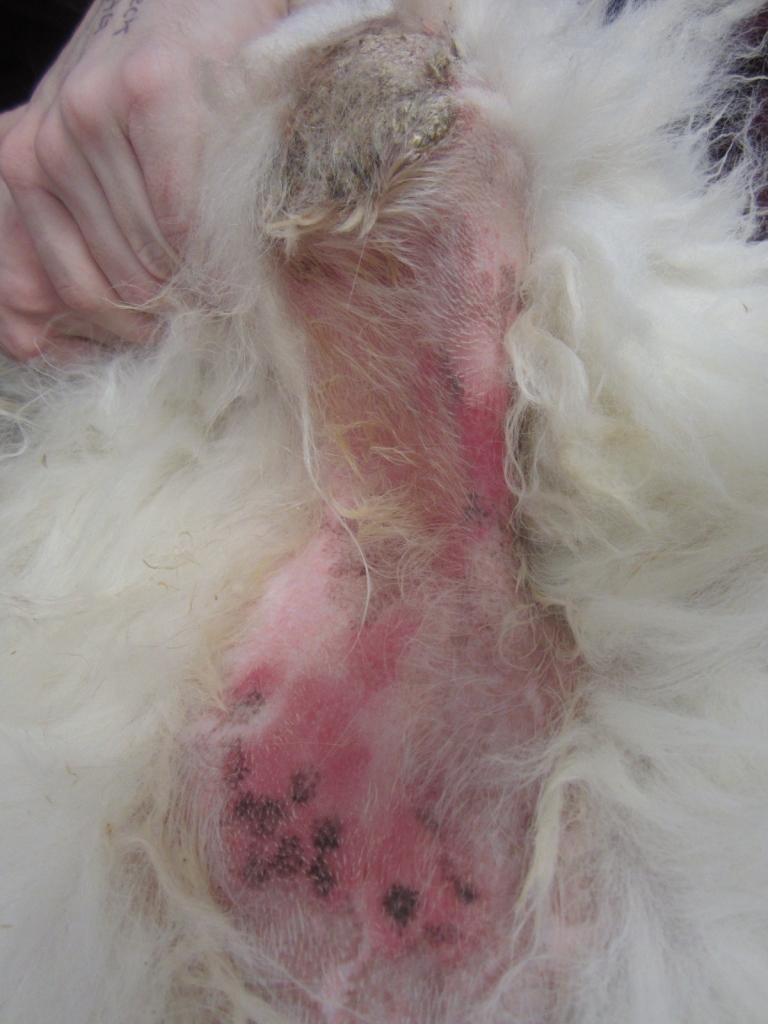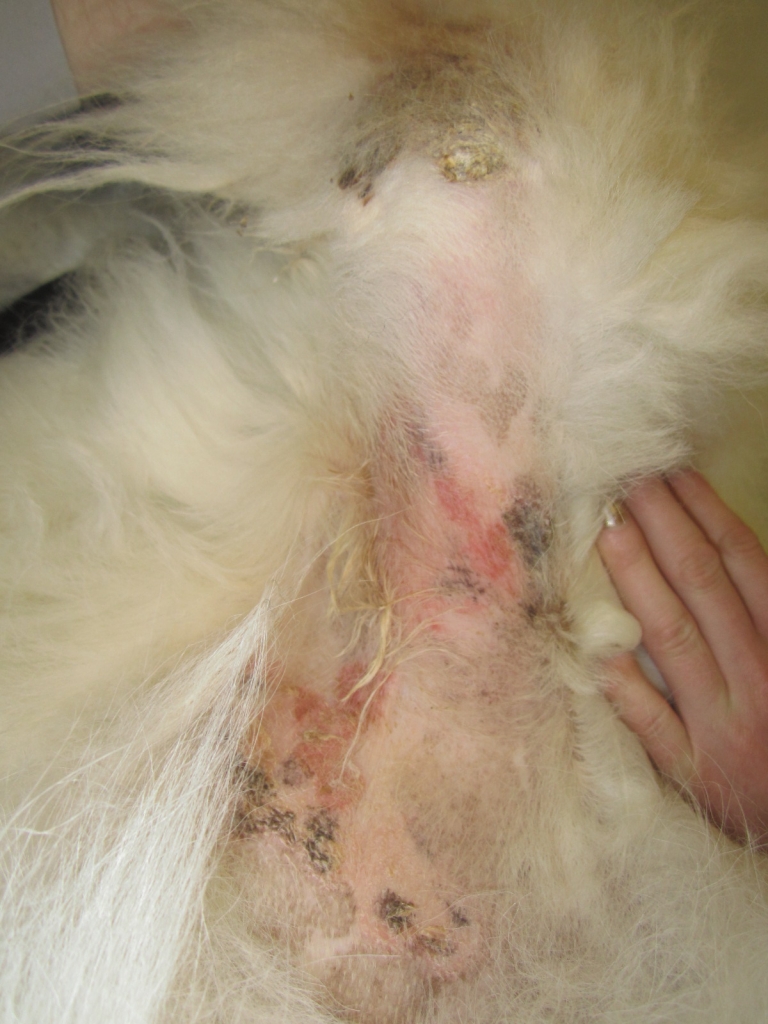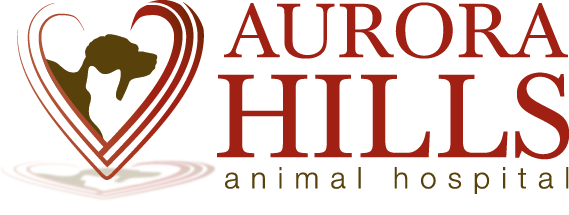
Here at Aurora Hills Animal Hospital we utilize the CTC Companion Compact Class IV Laser Therapy system. This laser is the veterinary version used by many professional sports teams including the Denver Broncos and the Colorado Rockies. Right now Aurora Hills Animal Hospital is one of only a few veterinary hospitals in the eastern greater Denver Metro area to offer this advanced treatment option.
Laser Therapy is an FDA-cleared modality that reduces inflammation and this results in a reduction of pain and promotion of healing. Laser Therapy is effective in treating chronic conditions, acute pain, and post-operative pain.
Laser therapy treatment is a painless, safe and fast option for pain control. Treatments to deeper tissues can be administered in as little as 5 minutes but can take as long as 10 minutes. Typically, even chronic patients exhibit improvement after 3 to 5 treatment sessions. Laser therapy utilizes the body’s own healing powers by stimulating cellular activity. Even though the treatment times are short, laser therapy treatments initiate a healing process that continues to actively reduce inflammation for up to 24 hours after treatment.
Laser therapy has been clinically proven in both veterinary and human medicine as a viable modality for pain control.
Common Uses for Laser Therapy
By utilizing laser therapy you may be able to help your pet heal with minimal drug therapy. Therapy Lasers have been scientifically proven in successfully treating some of the following conditions.
Acute Conditions
– Abscess
– Infections (skin, ear, bladder)
– Cuts/Bites
– Inflammation
– Tooth Extraction Pain Relief
– Sprains, Strains & Fractures
– Post-Surgical Healing / Pain Relief
Chronic Conditions
– Inflammatory Bowel Disease
– Periodontal Disease
– Lick Granulomas
– Urinary Tract Disorders
– Hip Dysplasia
– Feline Acne
– Tendonitis
– Arthritis
– Allergies
– Respiratory Disorders

Before laser therapy treatment
This dog had a severe bacterial skin infection in his armpit. On day one, laser therapy was used on the area.

The next day before the second treatment
He returned the next day for additional laser therapy. The inflammation was dramatically reduced. The patient was much more comfortable and had stopped irritating the area.

